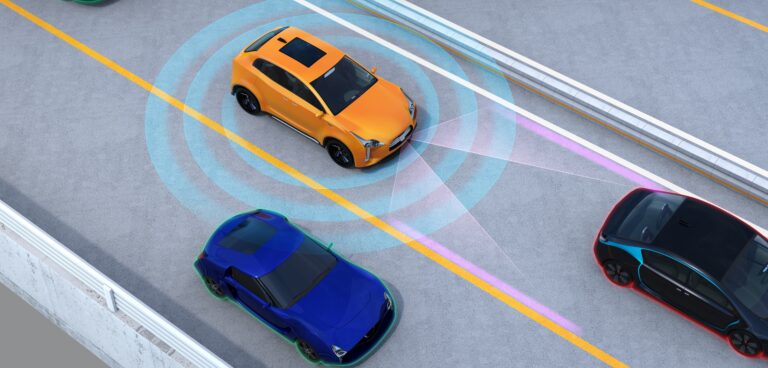Numerous factors will influence the timeline for attaining a nationwide fleet of fully automated vehicles. One is urban and highway centricity. Much of the experimentation and testing of automated vehicles has been done in cities or on interstates and freeways. Everyone has heard of smart cities, but what about a smart township? It appears that to obtain a return on investment, shared self-driving fleets will initially be focused in population centers. That could leave huge gaps unserved in the early stages of development and deployment.
Mixed fleet
Projecting that AVs will become available in 2030, adding 22 years to allow for a double turnover of the fleet based on median age, and one additional turnover (11 years) to reach the secondary market, and you’re talking around 2060 before we reach a fully autonomous fleet. Even subtracting 10 or 15 years, this is decades away. In the meantime, roads must be made safer for both human- and machine-driven vehicles. This means keeping up life-saving infrastructure including signs, markings, guardrails, median barriers and rumble strips. It means continuing to combat wrong-way entry, roadway departures and pedestrian fatalities while simultaneously beginning the process of introducing the safety features required by AVs. Researchers must continue to make strides in identifying those needs, and the roadway safety industry must ensure that it is creative and responsive as well.
Household income
The median household income in the USA in 2016 was US$59,039. In urban areas it’s about US$2,000 higher and in non-urban areas about US$2,000 lower. In constant dollars this is just about equal to a decade ago, prior to the global economic downturn. Although highly autonomous vehicles may be available by 2020, are non-urban households with US$57,000 or less in household income going to rush to a dealership for a trade-in? Households with median or below-median incomes are more likely to drive their current vehicle until it dies and then buy a used car. The median age of the USA’s 253 million cars is about 11.4 years. It’s likely to take a few cycles of trading for these households to begin to filter into the highly automated fleet. An additional factor is that manufacturers will introduce technological developments gradually, so it will take several iterations of vehicles to reach full automation.
The resisters
In a speech at the 2016 annual meeting of the American Association of State Highway and Transportation Officials, DOT Secretary Elaine Chao remarked that 4% of drivers surveyed by the agency would never purchase an AV. If this proves to be true, we can expect that 10 million or more vehicles in the USA will still be under full human control for some years to come.
The changing design driver
Paul Carlson of the Texas A&M Transportation Institute has pointed out that for the past 50 years or more, the design driver for our roadway safety infrastructure has been a 65-year-old. That’s why we emphasize bright, retroreflective signs and pavement markings. The design driver of the future may be a robot, but nobody can yet say with assurance that its needs will be met by current standards for pavement markings and signage. Not only is research needed to determine what standards are necessary, but time is needed for deployment. According to FHWA statistics, there are 4.12 million miles of roads in the USA, some of which currently have no lane, shoulder or centerline markings. While great progress is being made by many state DOTs in creating test beds on sections of interstate highways, and there are a fair number of smart cities, this is only a fraction of total road miles. As yet, there are no projections as to when the infrastructure might be built to accommodate AVs everywhere.
Roger Wentz, president and CEO of the American Traffic Safety Services Association


